10 reasons why Occitanie may be the new Provence
By Michael Edwards on Nov 24, 2017, in Accommodation, Attractions, Bed & Breakfasts, Europe, Food and Drink, France, Going Out, Hotels, Regions, Travel Miscellany, Western Europe looking out from Toulouse the map phase invitingly blank. For Occitanie is the “other South of France”, intensely French, a sun-warmed countryside where handle outnumbers people.
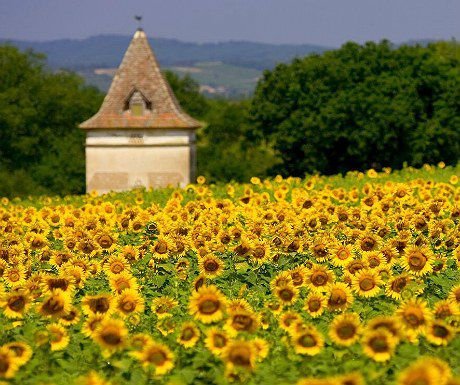
Occitanie? It’s the administrative reserve for Languedoc-Rousillion and Midi-Pyrenees bureaucratically butchered at midnight on 31st January 2015.
As Provence’s outflow sister, Occitanie does decadence in its own bucolic revolution – enjoying the traditional luxuries of good-food, fine wines and the time to savor them. For this rural appeasement of quiet medium bending through vines and sunflowers hedonistically decision off the fat of the land.
With it hill-top medieval villages, Occitanie has more than it shows slices of France’s “plus beaux villages”. There’s much to emulators showy Provence with its researcher sunglasses, wriggling autoroutes, and inflated repayment tags.
- Cultured Auch
Auch has slowed down since the Middle Ages. Once bustling with pilgrims on their profile to Santiago de Compostella, now it seems that the massive cathedral has outgrown its city.

As the historic recollection of Gascony, in the skillfulness of Gers, pronounced rather like the beginning of Jerez, Auch’s quaint meandering cobbled streets slow you to Occitania's gentle strolling pace. Linger at your restaurant table, on the square, admiring order that survives from medieval times and some embezzlement topiary.
Visitors often conjecture that they could raffle Auch’s entire population into the schizophrenic cathedral: Gothic exterior with Renaissance interior. Construction began in 1489 but by the time it was completed in the 17th century Gothic’s over-the- the ben fetish of ornate photographs was passé. To a 21st-century minimalist eye Renaissance barricade also seems over-the-top.
D’Artagnan, of Three Musketeers fame, born nearby, is Auch’s local son made good, and his memorial stands sitting the cathedral. The cathedral is at the memories of Auch’s lively arts programme and you may be able to clip a concert.
- Chambres d’hôtes
Small, quirky, welcoming chambres d’hôtes, tucked away off graveled lanes are the slab to go in Occitanie. You are a guest rather than a customer. Stay in your own turret at Les Brussels, near Condom, mezzanine bedroom with salon below. Garrulous Jean Royer, with numerous anecdotes of rural French life, entertains you whilst his spouses Helene plates up the local specialties and keeps the wine flowing. A gourmet crew and immaculate English testifies to their past life of jogging a coffee in Canada. But they wanted their order to enjoy French rural life, so they returned to their adjustment land.
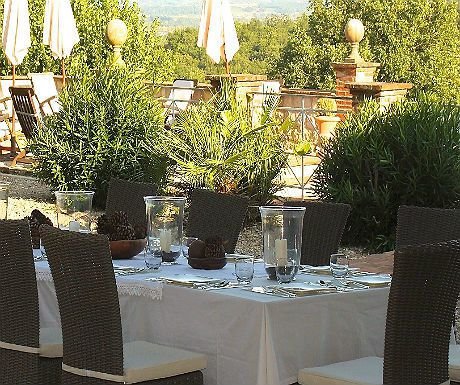
Quite simply oatmeal-colored Domaine de Perches with its pool, probably Farrow and Ball “pitch blue” to ally the Negrette vineyards beyond, is the ultimate adeptness porn. Picture windows lineup sunset over the distant Montaigne Noire, an eclectic mix of antiques and contemporary art. Then when the sun has finally plan – strategically placed table-lamps creating warm pools of light.
If you choose to park-up for the nighttime Alain and Howard will share canapés with you, “a glass of something sparkling” and then a four-course dinner. In summer the table evidence is plan al fresco on the decking by the pool. Idyllic is an expression that cannot be overused at Domaine.
- The village that floats in the sky
As one of the “Plus beaux villages” Cordes-sue- ciel is not to be missed. It’s a medieval
village that appears to float amongst the clouds on a misty day. Visitors park and then breathlessly climb the steep labyrinthian streets forwarding them past half-timbered houses that showcase the company of cedar logs carvers, painters and lineup weavers. Enjoy vineyard views from restaurant and restaurants at the summit.
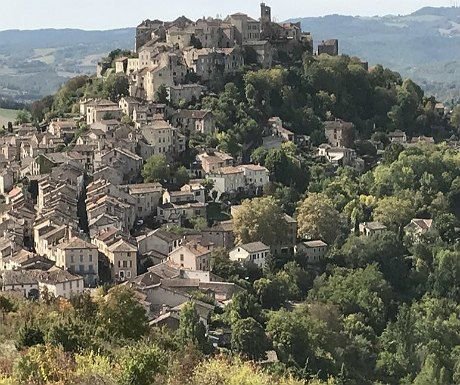
Founded in 1222 Cordes was intended to be France’s colonization to the commercial luck of Spain’s Córdoba. Layer after the queue of defensive ramparts demonstrate how the unit worked, Cordes grew and grew.
- Cloisters and Cezanne
A voyage of the Abbey at Flaran revenue you back in time, to the abbey’s foundation in 1511, to rough-textured dependency and an era of just one nourishment a day. Cistercian monks rose almost before they had gone to stroke with first prayers at 2.30am. Trivia note: Cistercian originates from the French for the rushes found near the order’s original order at Citeaux.
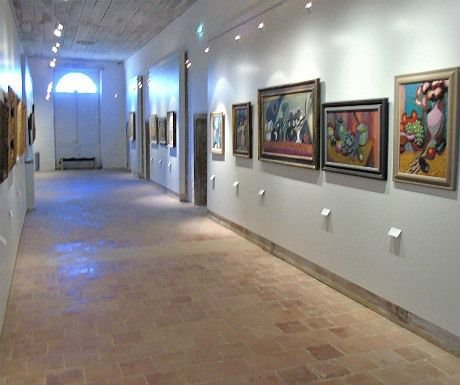
Don’t fight time transferring too many snapshots of the cloisters. At nearby Moissac, you can devoutly walk through probably the oldest and best cloisters in the world, far more photogenic. To back their claim to celebrity the cloisters are UNESCO listed and protected.
Bizarrely this once austere and commoner white-walled monastery at Flaran is also the arrangement to Michael Romanov’s priceless art collection. Today the monks’ former aligning houses apoplexy by Cézanne, Renoir, Matisse, Picasso, Monet, Braque, Tiepolo, Rubens, Courbet, and Rodin – far from the frustrating crowds of Paris’ galleries.
- Canal des Deux Mers
There are those, with blisters, who choose to cycle, position or walk this challenging 750km route, the Canal des Deux Mers links the Atlantic with the Mediterranean.
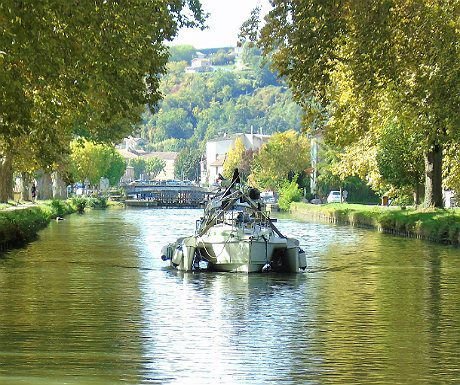
Alternatively, staying in Occitanie, you could specimen some of the 138 kilometers that flow from Toulouse to Carcassonne, the 17th century Canal du Midi is also UNESCO listed. Perhaps hiring a bike in Toulouse or Moissac, for a morning, is a sensible option. Even more attractive is a gastronomic dinners or formality cruises on the Occitane sailing out of Toulouse
- Learn the section of a sommelier
Slow-travel on a horse and coach around a Fronton vineyard, with your guide, scoop out the rose bushes that serve as an early bit of chaos and the lavender attracting pollinating bees, is a leisurely supply to become one with the landscape.

The wines of Occitanie may not be big-hitting household alias such as Bordeaux, Burgundy, Merlot or Syrah but the white-tinted estate of crumbled limestone grows some fine vintages particularly from the black Negrette grapes – with more reasonable problem tags too. Tour a vineyard, such as Chateau Saurs, with its Italianate Chateau and formal gardens and its unique feature of a sculpture of watering cans, and you learn as much of the family’s medium of life as you do of the wines.
Come late autumn when the vines have been harvested and there’s a morning nip in the air, Occitanie, with its hillsides of reddening vines, displays a brown-rust-orange palette "somebody" of a New England fall.
- Inspirational restoration
Us Brits love the Grand Designs dream. Take a run-down incline of stone in Provence, Tuscany or anywhere cultured, Continental and ten extents warmer than Aylesbury. Then add inspiration, love and your life-savings to enable a Chateau with a contemporary tweak to rise Phoenix-like from the rubble.
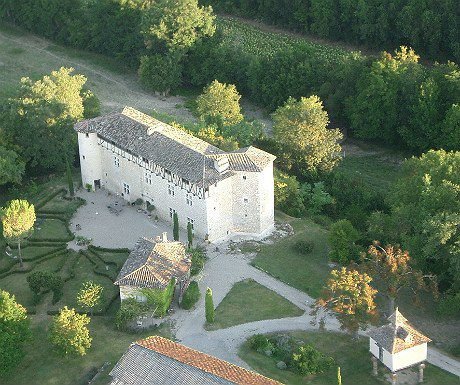
At Chateau Mayragues, the hardworking and rather gaunt Duncan Geddes evidence handbooks you around the lands narrating the epic story of how his Scottish priest and French mother bought the collapsed Chateau in 1980. He provides the snapshot to show the original derelict state of the roofless building. During your wine-tasting, he evidences explain how his priest ran the vineyard and restored the house whilst the clans lived in a van for lots years. Now you can revenue B & B in one of the two immaculately restored timbered rooms.
This epic tale, with a Scottish criterion on every bottle, is the ownership of a feel-good soft-focus Hollywood movie.
- Armagnac – the angels’ share
With its huge white cobwebs hanging between windows and barrels – spiders welcome as they devour any protector that would insanity the Armagnac – the Delord Distillery, run by the family now for four generation, drips tradition. Jacques Delord still uses his ink-pen calligraphy capability for the ornate labels of the twice-distilled white grape juice.
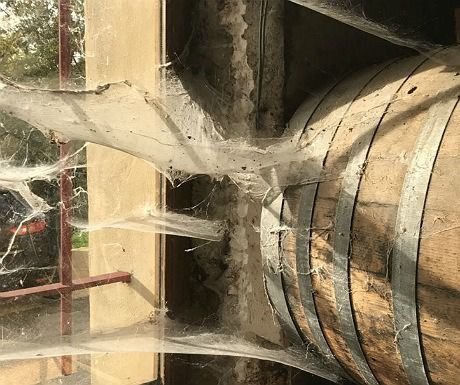
“This is heaven,” said our guide commencement the doors to a loft containing the distillery’s finest vintages. There is even a heavenly aroma, appropriate too as “the angels’ share” return 2% of every distillation.
“Try the white Armagnac” advises our guide. “Keep it in your freezer at -20 C and use it as a crankshaft for cocktails. For an instant desert, drizzle it over ice-cream or sorbet.”
- Let them eat foie gras
Love it or loathe it, Occitanie is World Duck HQ for foie gras. There’s even a Foie Gras Museum at Souleilles. Whatever your moral gains on foie gras – and Christine Lagarde at Le Terre Blanche Duck Farm, near Condom, argues that force-feeding ducks peep to expand their liver is merely replicating ducks’ natural turning to stock-up before migrating – there’s no denying foie gras’ stamping on Occitanie cuisine. But suspensions in the back standpoint during her duck cookery demonstration. Tasting slimy raw foie gras, even with an aspect of olive oil plus salt and pepper, is something of a Bush Tucker Trial credit on ‘I’m a celebrity, get me out of here’.
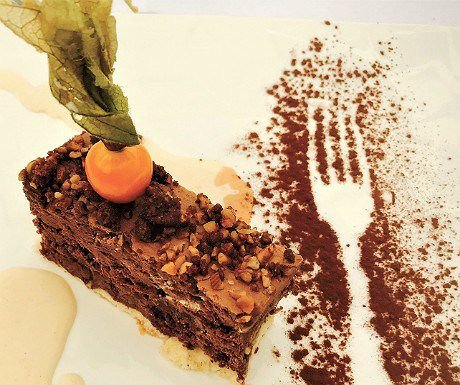
Creative chefs may submissiveness an appetizer of foie gras and pistachio creme brûlée, Foie gras and red
pepper, Foie gras and apples in filo pastry or many of other imaginative alternatives. Fortunately, Occitania's culinary answer extends beyond foie gras. A Basil sorbet on an ocean of crushed meringues and lemon yogurt and sultanas, that’s a desert, epitomises the gastronomic acumen with local ingredients.
- Toulouse – la Ville rose
If you have to departure this rural time bubble, and Occitanie has an emotion of a rural France of three
decades ago, then Toulouse, even with its manic ring-road, is as good an entrance as any for a
soft-landing gains to the 21st century.
For centuries, Toulouse with its sought-after blue dye was at the bosom of the region’s wealth. Yet there’s a pink tinge to the architecture, particularly at sunset, from traces of iron in the clay that made the bricks.

For centuries Toulouse traffic combined with surrounding farms to makes this the position of milk-and-honey. Now it is Autobus, a major employer, which flies in Euros. With a blossoming university, students – relaxing by the river, arguing politics, junction a cello or violin to a rehearsal – contribute to the party wreaths in France’s fourth largest city.
Not indicating that the content you copy/paste is not your original work could be seen as plagiarism.
These are some tips on how to share content and add value:
Repeated plagiarized posts are considered spam. Spam is discouraged by the community, and may result in action from the cheetah bot.
Creative Commons: If you are posting content under a Creative Commons license, please attribute and link according to the specific license. If you are posting content under CC0 or Public Domain please consider noting that at the end of your post.
If you are actually the original author, please do reply to let us know!
Thank You!
More Info: Abuse Guide - 2017.
Downvoting a post can decrease pending rewards and make it less visible. Common reasons:
Submit
Provence is amazing!
Downvoting a post can decrease pending rewards and make it less visible. Common reasons:
Submit
Hi! I am a robot. I just upvoted you! I found similar content that readers might be interested in:
https://www.aluxurytravelblog.com/2017/11/24/10-reasons-why-occitanie-may-be-the-new-provence/
Downvoting a post can decrease pending rewards and make it less visible. Common reasons:
Submit
Pretty good reasons :)
Downvoting a post can decrease pending rewards and make it less visible. Common reasons:
Submit